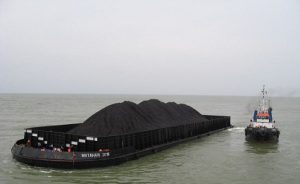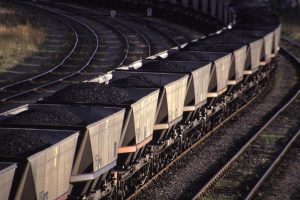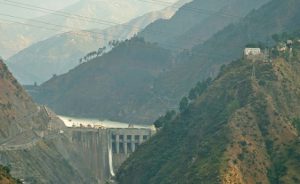Citizens in the northwestern United States are deeply concerned about plans to ship an additional 150 million tonnes of coal per year to fast growing Asian markets, a new government report shows.
The document summarises the environmental concerns of 125,000 individuals who wrote letters and emails, or spoke at public meetings, about proposed new export terminals to allow major US coal companies to export significantly larger quantities of coal to China and other countries.
The Environmental Impact Statement “Scoping Report” also includes letters from dozens of elected officials, federal, state and local agencies, and Native American Tribes.
The report was published by coalition of government agencies with responsibility for issuing the construction and operating permits for the proposed terminals. Specifically, these are the US Army Corps of Engineers, the Washington State Department of Ecology and the Whatcom County government.
Permits for construction of export facilities on the scale proposed by the coal companies require Environmental Impact Statements (EIS) that detail possible environmental hazards and specify steps to mitigate or control those hazards.
Although the proponents of the plan, including Peabody Energy, Cloud Peak Energy, Arch Coal, Ambre Energy, BNSF Railroad and terminal operator SSA Marine, enlisted substantial support from the construction trades and engineers unions, as well as endorsement from coal country governors and representatives, the export plan faces substantial opposition in the American Northwest.
The required Environmental Impact Statements are a focal point for much of the controversy. Coal export supporters have called for an EIS that is specific to the physical site of proposed export terminals. Opponents, citing the unprecedented size of the export plan, have called for an EIS that would review the export system as a whole, including rail transport, terminals and transit of coastal waters. Many have demanded that the effects of increased worldwide carbon dioxide emissions also be considered.
In an unusual step, the government called for public input on the export plans before developing the final EIS. The recent report is the result of that public input.
Its release came a week after the governors of the two states named as sites for the proposed coal export terminals warned of dire air quality and climate impacts if the project is allowed to proceed.
In a letter to Nancy Sutley, chair of the Council on Environmental Quality, and other federal officials, which will be considered in the EIS, governors John A. Kitzhaber of Oregon and Jay Inslee of Washington wrote:
“Given that the cumulative total of coal exports from Oregon and Washington could result in CO2 emissions on the order of 240 million tons per year, well above the significance level described in the draft guidance – it is hard to conceive that the federal government would ignore the inevitable consequences of coal leasing and coal export.
“We believe the decisions to continue and expand coal leasing from federal lands and authorize the export of that coal are likely to lead to long-term investments in coal generation in Asia, with air quality and climate impacts in the United States that dwarf those of almost any other action the federal government could take in the foreseeable future.”
The government agencies concerned have announced that they will begin work on a draft EIS for the proposed coal export terminals in the near future. The agencies report that the draft may take up to a year to prepare at which time it will be released for another round of public comment. Until the EIS is completed, no action will be taken either to construct the export terminals or shelve the export plans.



